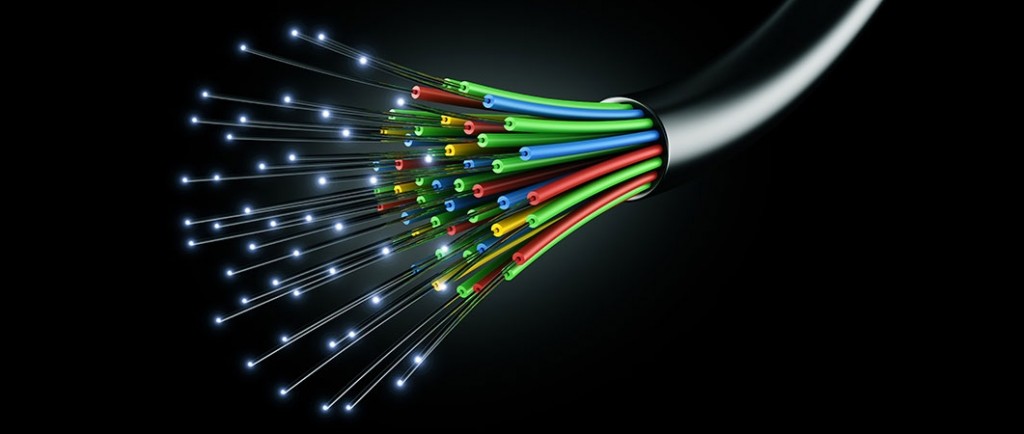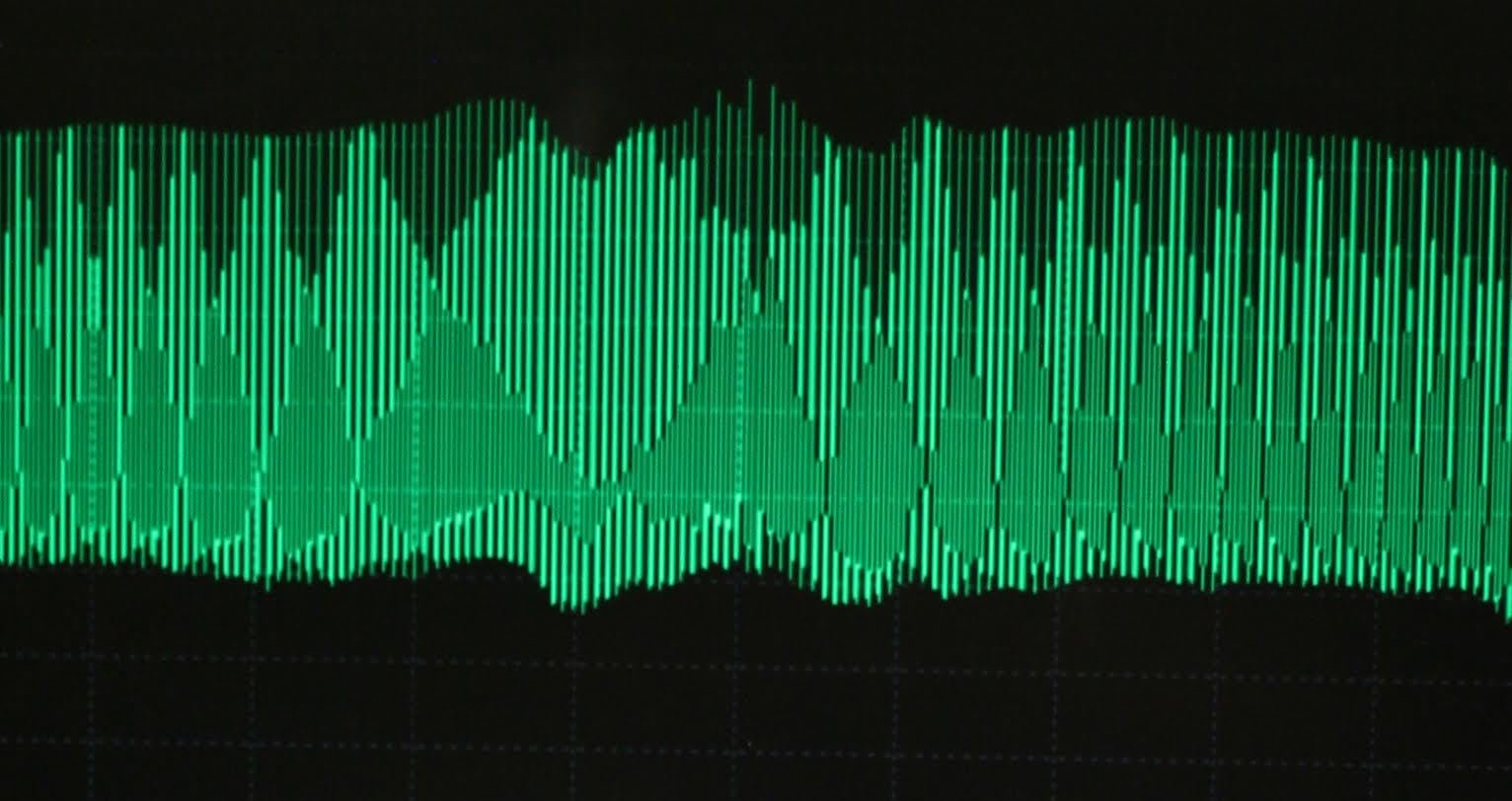Researchers at the University of California, San Diego’s Qualcomm Institute have broken the capacity limits of fiber optic networks that has increased the power of optic signals by 20 times. The new study has increased the maximum power, and distance at which optical signals can be sent through optic fibres. The research, published in the June 26 issue of the journal Science, has the potential to increase the data transmission rates for fiber optic cables that serve as the backbone of the internet, cable, wireless and landline networks.
Currently, fiber optic signals are limited in terms of the amount of power that can be used to transmit them. Beyond that limit, additional energy begins to increase the amount of distortion in the signal, making it impossible for receivers to decipher it. This power threshold limits the distance that signals can be sent, requiring communication infrastructure to include signal repeaters placed at various intervals along the network.
In their experiment, electrical engineers were able to increase the power of optical signals nearly 20 times, deciphering information after it had travelled a record-breaking 7,400 miles, without the use of costly electronic regenerators. They did this by creating, in effect, guardrails for the light beams with a device known as a frequency comb — using very precise and evenly spaced signals — to encode the information before it is transmitted. That has the effect of embedding a digital watermark in the original data, making it possible to transmit data accurately over much longer distances and dispense with the need to perform optical-to-electronic conversions at relatively short intervals.
The research, which has been supported in part by Google and Sumitomo Electric Industries, a maker of fiber-optic cables, is a step closer to the vision of an “all-optical network,” according to Nikola Alic, one of the authors of the paper and a research scientist in the Photonics Laboratory of the California Institute for Telecommunications and Information Technologies at the University of California, San Diego.
Source: Science




